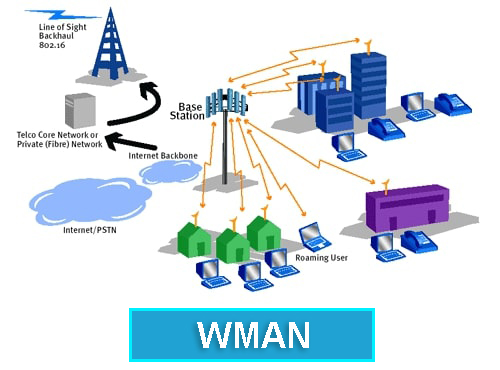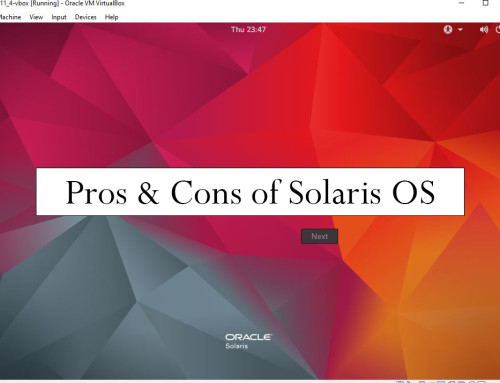WMAN is a wireless metropolitan area network that can cover a whole city. It is larger than WLAN (wireless local area network) and smaller than WWAN (wireless wide area network). WMAN is managed by any private organization or government agencies. Wireless MAN is accessed by only authorized users. It can cover a distance of 30 miles. WMAN can establish a network between different buildings or university campuses within the city.

There are two types of wireless MAN:-
- Back haul
- Last mile
Back haul is an enterprise type of network which is cellular. It can use WI-FI hotspots as well. In back haul, we use fixed wireless that can save thousands of dollars per year. A DSL can be used for back haul but wireless connection is 10 times faster than normal fiber optics connection. For connecting two locations we use point to point wireless connection or private multi-point wireless connection.
Last mile connection is used to network for a temporary period. It is used to make a network in some construction buildings and is alternative to DSL broadband and cable modem. The last mile is a low cost and has quick installation.
The wireless network established in WMAN is also known as IEEE 802.16 (Institute of Electrical and Electronics Engineers). IEEE is the standard which defines this technology.
WiMAX is great example of WMAN. WiMAX technology is used in making the networking and its speed is about 70 Mbps. WiMAX uses radio signals for transmission of data. The network is made with access points. One access point is sufficient to cover an area of 100 km.
WiMAX is good in cities and users can connect their devices (smartphones, laptops, tablets, and computers) with this wireless network. But WiMAX becomes expensive in rural areas. This technology can work with devices that have frequencies between 10 GHz to 66 GHz. WiMAX works great for tracking your mobile device if it is stolen.
Examples of WMAN
Some examples of WMAN includes:-
- WiMAX
- Networking between buildings and university campuses
- Networking between buildings that are under construction
- WiBro




